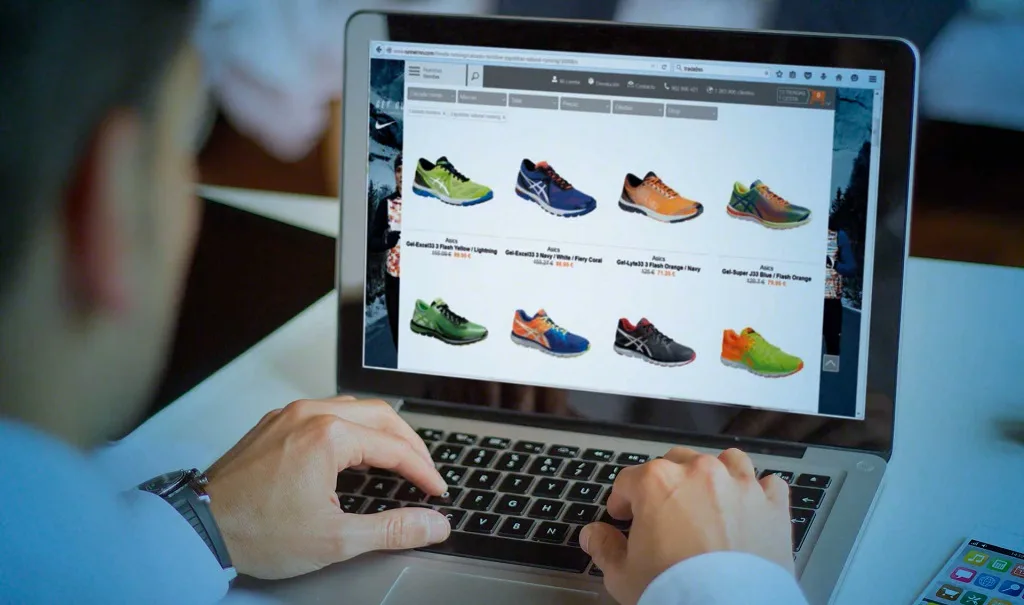
Dropshipping: Earning Money Online from Home
Dropshipping is a retail fulfillment method where the seller doesn’t keep products in stock but instead transfers the customer’s order to a third party, such as a wholesaler or manufacturer, who ships the product directly to the customer. This business model gained significant popularity in the mid-2000s, especially with the rise of e-commerce platforms like Shopify, which made it easier for individuals to start their online businesses without having to invest heavily in inventory.
The concept of dropshipping has been around for decades, but the surge in e-commerce and online shopping, combined with advancements in digital marketing, has made it more accessible. Many entrepreneurs turned to this model due to its low startup costs and the ability to run the business from home, allowing for a flexible work-life balance. The explosion of social media and targeted ads further amplified its growth, as businesses could easily reach potential customers worldwide.
How Does Dropshipping Work, and What is Needed for It?
The dropshipping process is straightforward. After setting up an online store, the seller lists products for sale without holding inventory. When a customer makes a purchase, the seller forwards the order to a supplier, who handles the packaging and shipping of the product. The seller makes a profit by charging the customer a higher price than what they pay the supplier. This model eliminates the need for warehousing, making it a low-risk option for entrepreneurs.
To start a dropshipping business, a few essential tools and platforms are required. First, an e-commerce platform like Shopify or WooCommerce is necessary to set up the online store. Second, access to reliable suppliers, such as those found on AliExpress or Oberlo, is crucial for sourcing products. Additionally, a good marketing strategy, including social media advertising and search engine optimization (SEO), will drive traffic to the store. Payment processing systems like PayPal or Stripe are also needed to handle customer transactions securely.
The Most Popular Stores for Dropshipping
Several platforms have emerged as top choices for those looking to start dropshipping businesses. Shopify is by far the most popular, thanks to its user-friendly interface, extensive app marketplace, and built-in dropshipping integrations like Oberlo. Another major player is WooCommerce, which offers more customization options for those using WordPress.
AliExpress has become one of the most popular suppliers for dropshippers due to its vast product selection and low prices. It allows businesses to quickly scale by offering a wide variety of products without needing to handle them physically. Finally, platforms like eBay and Amazon also support dropshipping models, although the rules and regulations for sellers on these platforms tend to be stricter, especially regarding customer service and product quality.

Advice for Beginners in Dropshipping
Beginners in dropshipping should start small by selecting a niche product category that interests them. This makes it easier to market products and build a loyal customer base. Conducting thorough market research is crucial to understand what products are in demand and who the competition is. New dropshippers should also focus on building a strong online presence by optimizing their websites for SEO and using social media platforms to engage with potential customers.
It’s also important to maintain transparent communication with suppliers to ensure they can handle the shipping and customer service aspects of the business efficiently. Beginners should also prepare for customer inquiries by setting up automated responses and providing clear product descriptions and shipping policies on their websites.
Another key tip for beginners is to start with a small marketing budget, using platforms like Facebook and Google Ads to test different strategies. Tracking performance through tools like Google Analytics will help refine campaigns and ensure better returns on investment.
Future Prospects of Dropshipping
As e-commerce continues to grow, the future of dropshipping looks promising. The ongoing shift toward online shopping, particularly in emerging markets, presents ample opportunities for dropshippers to expand their businesses globally. Technological advancements in automation and AI are also likely to streamline the dropshipping process further, allowing sellers to focus more on marketing and customer service while automating product sourcing and order fulfillment.
However, with this growth comes increased competition. To stay ahead, dropshippers must continually innovate by finding unique products, improving customer service, and optimizing their marketing strategies. Partnering with reliable suppliers will become increasingly important to ensure product quality and timely delivery, which are key factors in building a successful dropshipping business in the long term.



